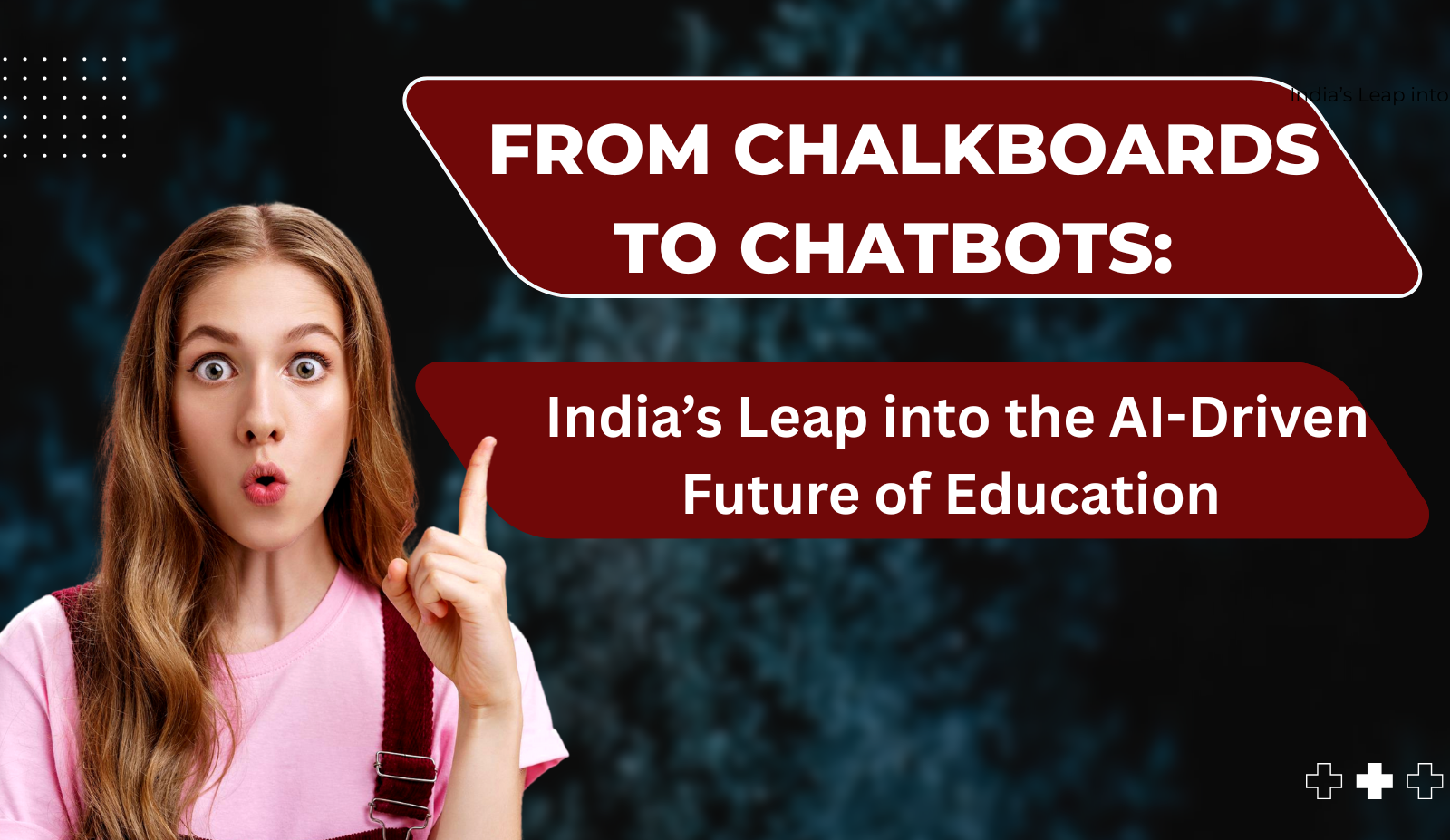
For decades, India’s classrooms have followed a predictable script: students at desks, teachers at blackboards, textbooks as gospel. But we’re now witnessing the twilight of this legacy model. A new era is dawning—one where artificial intelligence isn’t just a subject to be studied, but a foundation that redefines how we learn, teach, and innovate.
Across India, young minds are breaking out of traditional learning molds, guided not by chalkboards, but by algorithms, hackathons, and immersive technology.
Welcome to the dawn of India’s AI-powered education revolution.
Artificial Intelligence is no longer a vertical limited to engineers or tech specialists. It’s becoming the grammar of modern learning—permeating every field from economics to environmental science, psychology to public policy. The siloed approach to disciplines is giving way to rich, cross-disciplinary ecosystems where a literature student might use machine learning to analyze Shakespeare, or a biologist might simulate evolutionary patterns through AI.
India’s higher education authorities have recognized this tectonic shift. Technical councils like AICTE are embedding AI, data science, cybersecurity, and analytics into the very DNA of the curriculum. No longer optional, digital fluency is becoming as fundamental as reading and writing.
India’s educational transformation isn’t just about what students are taught—it’s about how they are taught to think.
We’re moving away from rote memorization toward an outcome-oriented model where curiosity, analysis, and creativity are core competencies. Imagine asking a student not to list the causes of the Industrial Revolution, but to explore how it might have unfolded if automation had emerged a century earlier. Instead of memorizing facts about the Amazon rainforest, what if they analyzed the global impact of its complete deforestation?
These aren’t just clever assignments. They signal a deeper philosophical shift: from passive knowledge absorption to active, critical engagement.
Innovation is no longer an extracurricular buzzword—it’s curriculum.
When AICTE launched the National Innovation and Startup Policy (NISP), few could have predicted its explosive impact. Today, thousands of institutions have adopted it, incubating startups with a collective valuation crossing ₹1.5 lakh crore. That’s not just academic—it’s economic transformation in motion.
The policy’s expansion into schools is even more exciting. Imagine a 16-year-old building an app that solves a real-world civic issue. That’s not science fiction. That’s India’s new education reality.
AI isn’t just changing what we teach—it’s revolutionizing how we teach.
Today’s learning platforms are dynamic, responsive, and deeply personalized. AI can now analyze a learner’s pace, strengths, and challenges, tailoring content in real time. Tests evolve with the learner. Feedback is instant. Students are no longer grouped by age or grade but by potential and performance.
And yet, the role of AI isn’t to replace teachers—it’s to amplify them. AI frees educators to focus on mentorship, creativity, and emotional intelligence—skills no algorithm can replicate.
Few initiatives exemplify this mindset shift like the Smart India Hackathon. What began as a coding contest has evolved into the world’s largest open innovation platform. With over 54,000 teams participating, it’s not just an event—it’s a movement.
But what makes this model powerful isn’t the volume of ideas. It’s the structured pipeline that takes those ideas from whiteboards to boardrooms. Ideation, prototyping, piloting, scaling—it’s all part of the journey. In short, India isn’t just teaching innovation. It’s institutionalizing it.
The role of physical educational institutions is being reimagined. Just as banking shifted from brick-and-mortar branches to smartphone apps, education too is poised to transcend its physical boundaries.
Imagine a classroom where students don’t just learn about the heart—they shrink down and travel through it using VR. Instead of drawing atoms, they become calcium ions navigating the bloodstream. This isn’t fantasy—it’s the fusion of AI, AR, VR, and holography into everyday education.
Think Disneyland meets MIT—a learning experience so immersive, it feels like play.
The future of Indian education doesn’t belong to AI. It belongs to humans empowered by AI.
As we design this future, our challenge is clear: how do we equip learners not just with information, but with imagination? Not just skills, but vision?
India is uniquely positioned. With its youthful population, digital ambition, and policy momentum, it can leapfrog into an education model that’s not just globally competitive—but globally leading.
The classroom of the future isn’t coming. It’s already here. And India is ready to reimagine it.
Join us for FREE to get instant email updates!
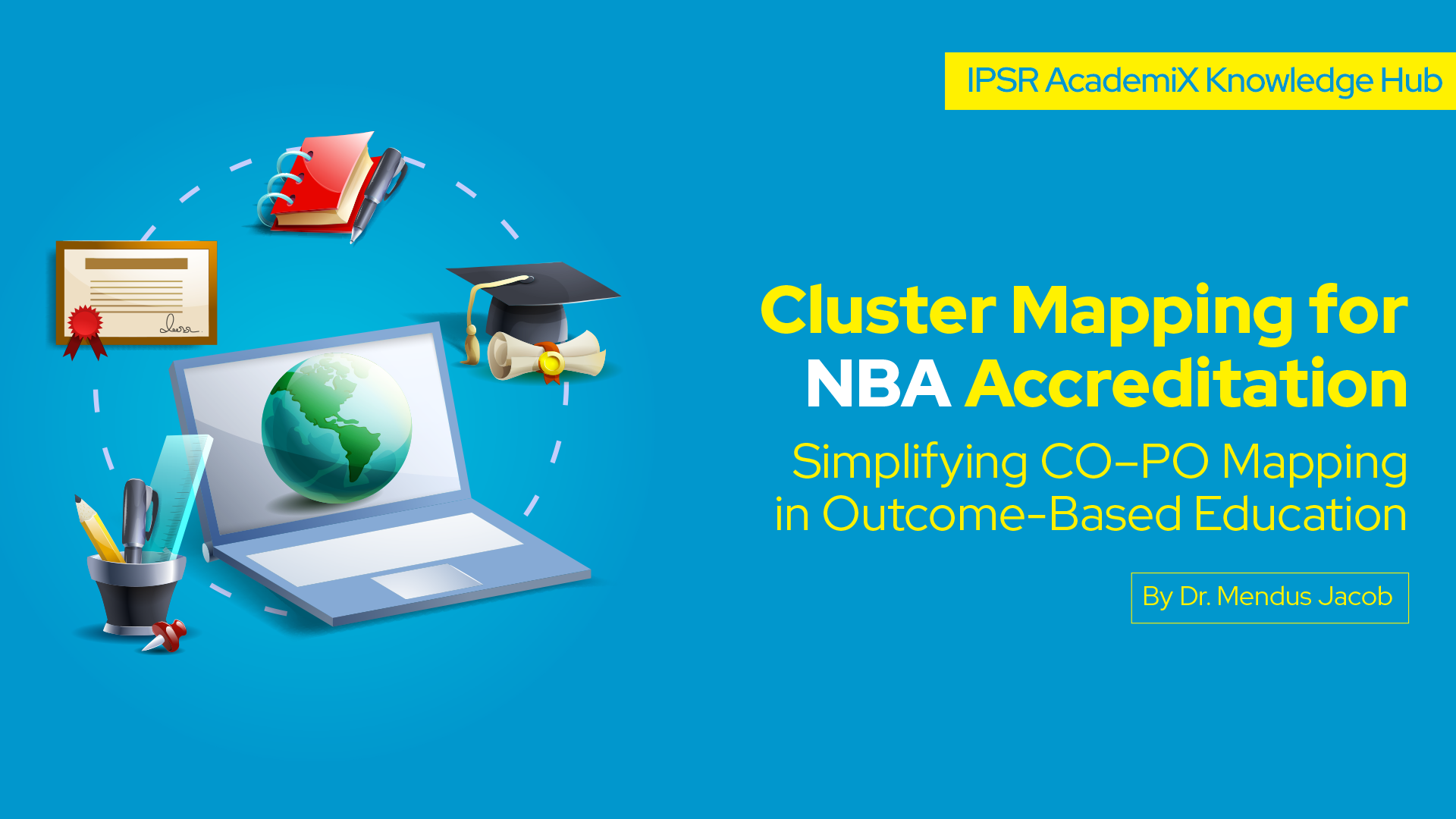
Simplifying CO–PO Mapping in Outcome-Based Education Accreditation by the National […]
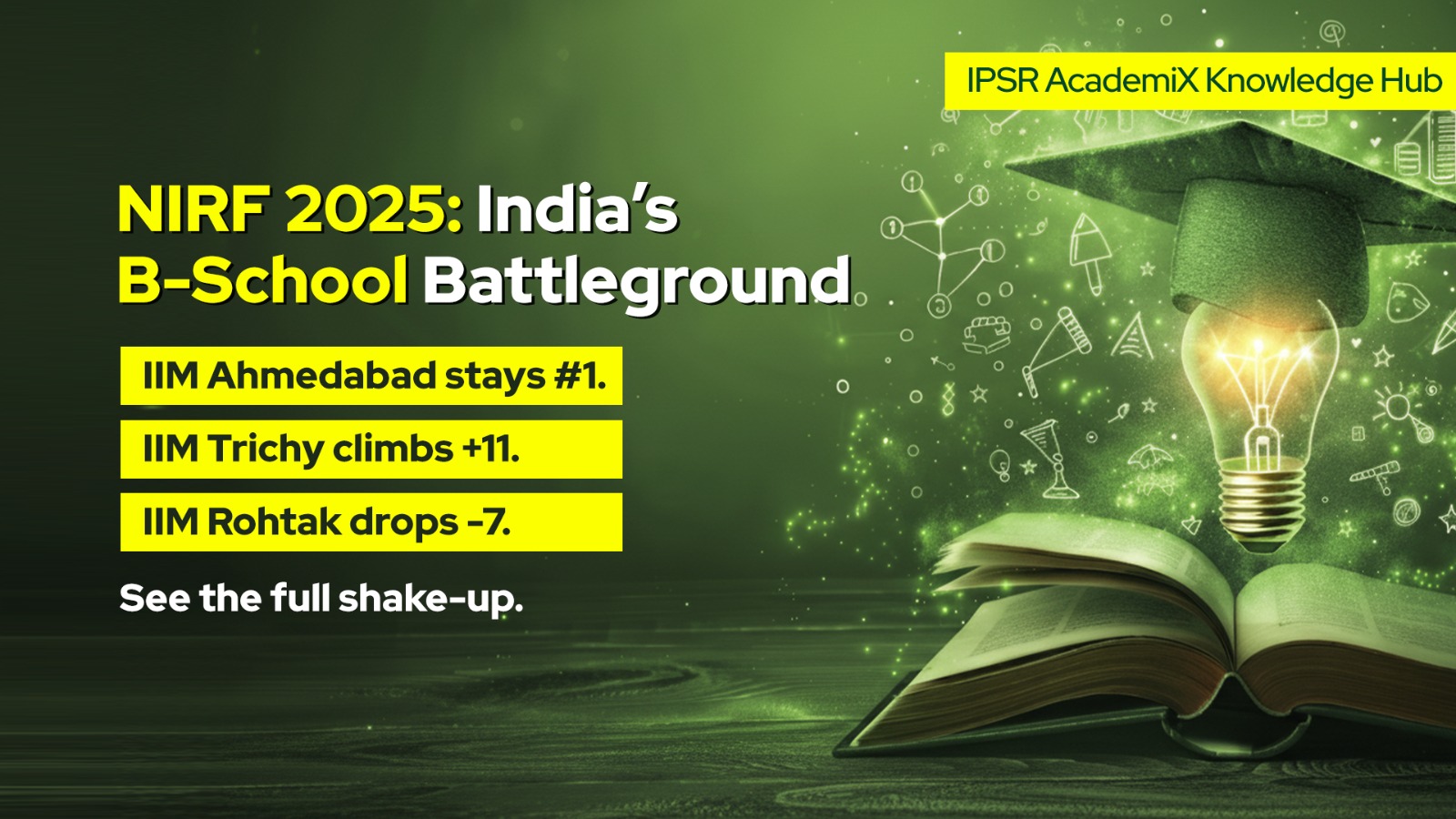
The National Institutional Ranking Framework (NIRF) 2025 results are out, […]
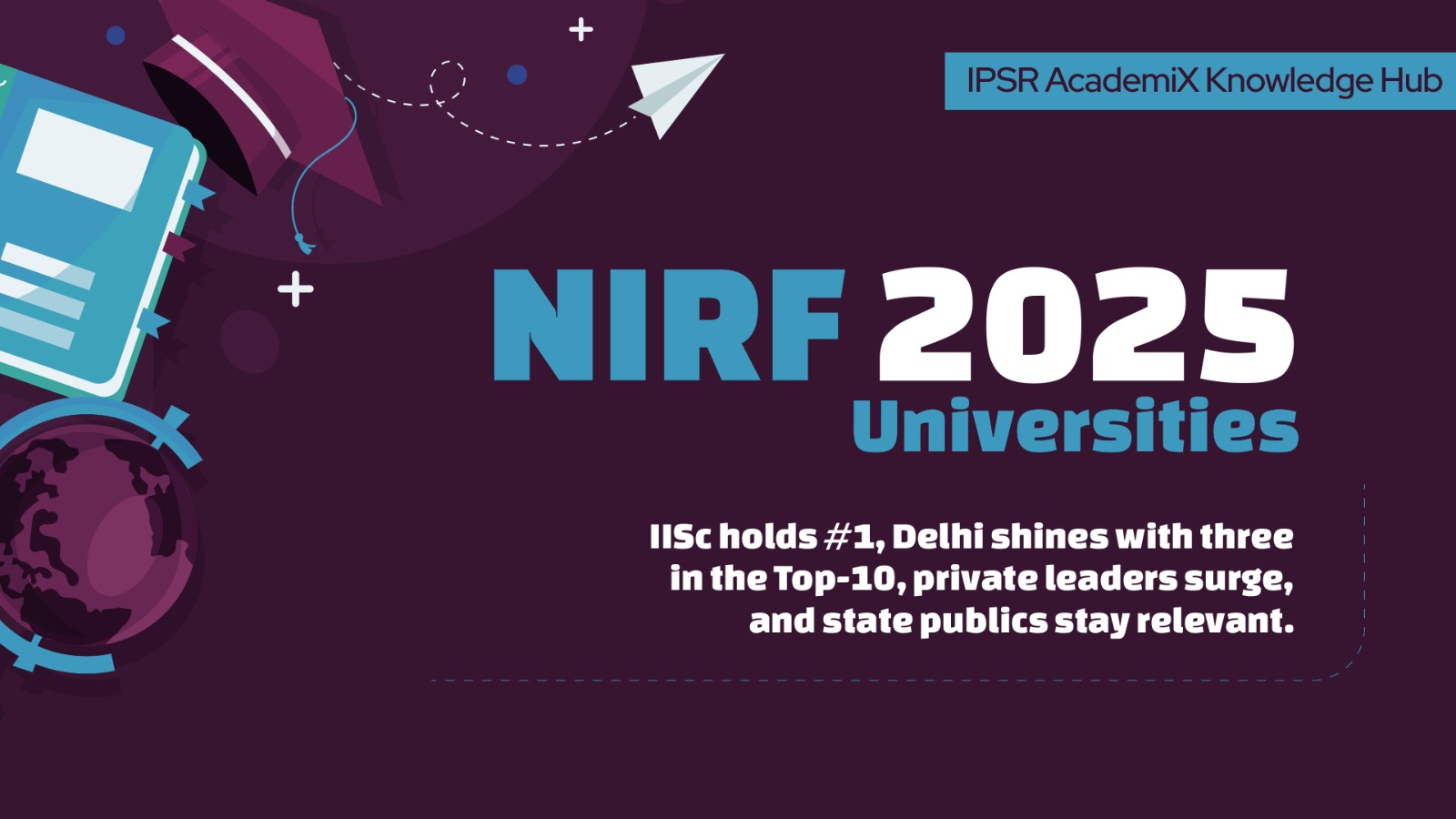
What the Top 100 Rankings Reveal About India’s Universities The […]
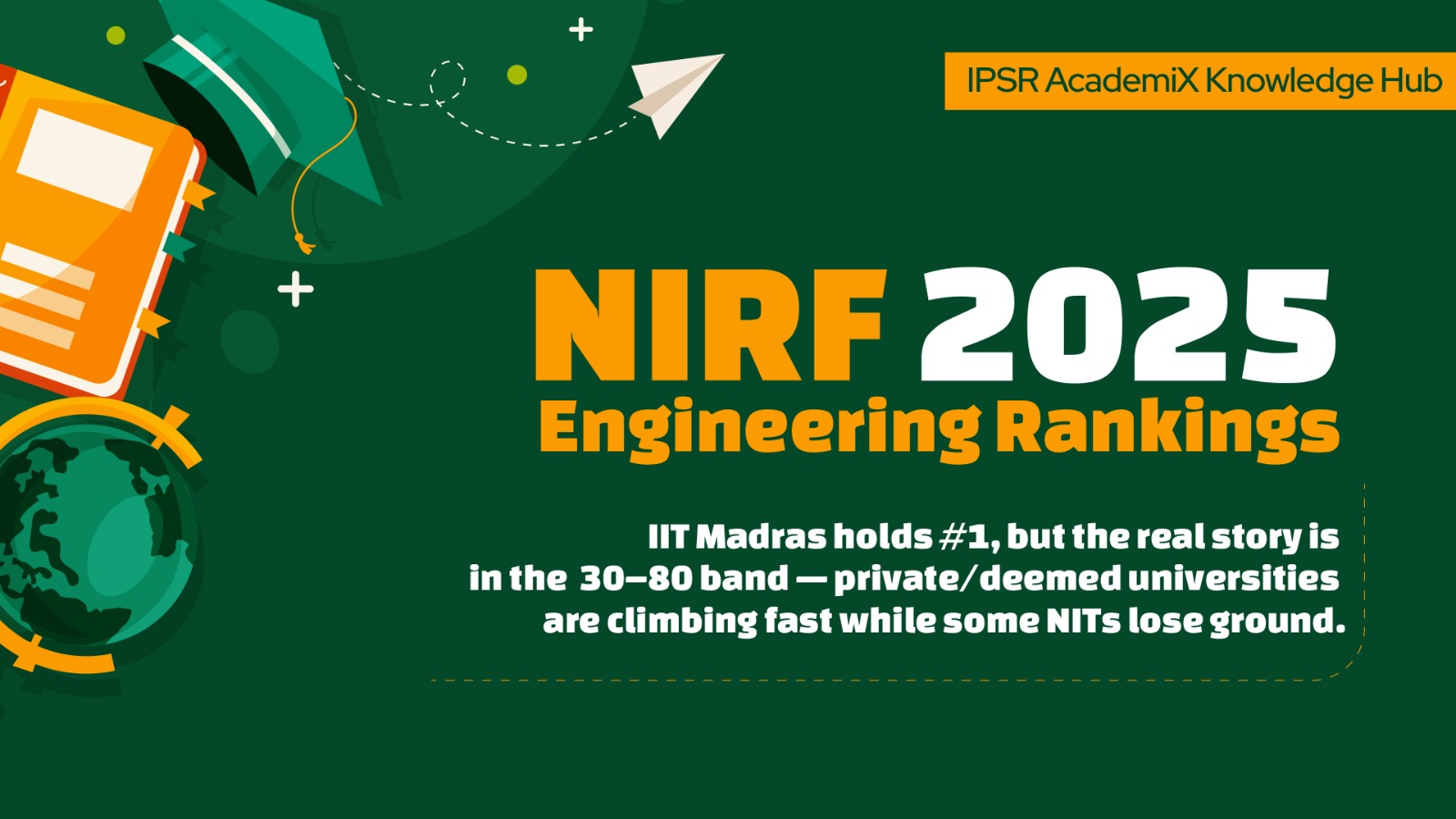
Exploring patterns, trends, and the evolving landscape of technical education […]
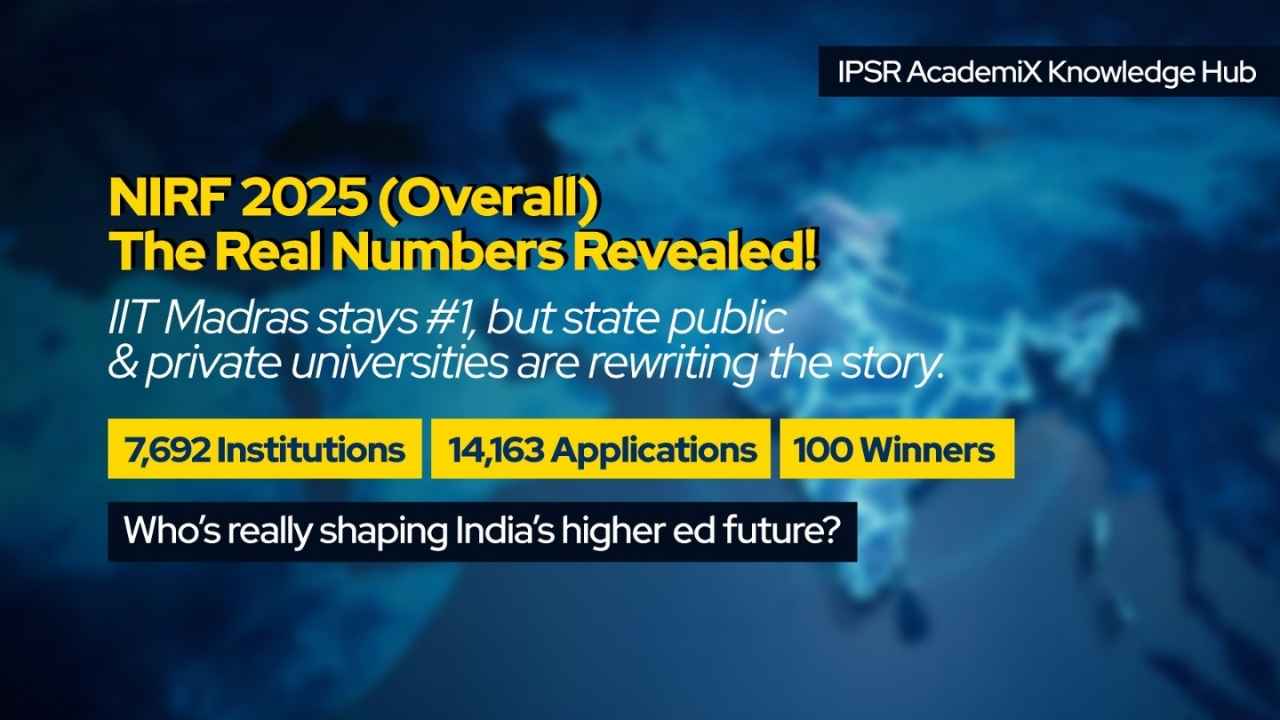
Release date: September 4, 2025 Source: NIRF portal’s Overall Top-100 […]
Leave A Comment